There can be your advertisement
300x150
Myth or Truth: Expensive Repair Lasts Longer Than Cheap One
Let's find out what actually affects the lifespan of a repair
"A penny wise and a pound foolish"—people say when it comes to repair. The logic seems solid: spend more money on quality materials and work—repairs will last decades. Save up—and in a couple of years, everything has to be redone. But practice shows that the relationship between repair cost and durability is not always direct. You can spend millions and get problems within a year, or you can wisely invest a modest sum and enjoy the result for many years. Let's find out what actually affects the lifespan of a repair.
Main points from the article:
- Price doesn't always equal quality—expensive materials may not be suitable;
- The skill of craftsmen matters more than the cost of materials;
- Technology plays a critical role in durability;
- Proper planning and design save money in the long run;
- Smart saving on secondary items allows not to regret spending on important ones.
When Expensive Doesn't Mean Long-Lasting
Premium parquet at 15 thousand rubles per square meter can start creaking and warping within six months if it's not laid correctly. And laminate at 2 thousand rubles, installed according to all rules, will last 10-15 years without complaints.
Expensive natural materials often require special usage conditions. Marble floors are afraid of acid, solid wood boards—humidity fluctuations, silk wallpapers—sunlight. If these features are not taken into account, even the most expensive materials will quickly lose their appearance.
Premium brands are not immune to defects. Cases where expensive plumbing starts leaking after a month, or elite tiles crack for no apparent reason, are not rare. High price does not always guarantee quality, especially when it comes to counterfeits or rare batches.

Design: Ekaterina Mishchenko
Craftsman Qualifications—Key to Longevity
The most expensive materials in the hands of unskilled workers become a headache. Poorly pasted wallpapers for 10 thousand rubles per roll, unevenly laid premium tiles, poorly installed expensive plumbing—all of this has to be redone soon.
Experienced craftsmen can create a repair from budget materials that will last years. They know the nuances of technologies, how to properly prepare surfaces, choose suitable primers and adhesives. Good work costs a lot, but it's the money that pays off many times over.
Cost-cutting on labor is the most dangerous. Cheap workers often violate technology, use unsuitable materials, ignore preparatory stages. In the end, even quality materials don't hold up.
Technology Matters More Than Materials
Perfectly even walls can be achieved with budget spackle if the technology is followed. And expensive imported mixes won't help if you don't prime the base or apply them to a wet surface.
When laying tiles, it's more important to properly prepare the base and choose suitable adhesive than spend on the most expensive ceramic. A poorly prepared wall will eat any tile—no matter its price.
Electrical work doesn't tolerate cost-cutting on technology. Using proper connections, quality insulation, and following load standards is the basis of safety. Mistakes here can cost not only money but also lives.
Proper Planning Saves Millions
Many expensive redo's are not due to poor materials but lack of a project. "Decided on the fly" moving an outlet, "suddenly wanted" to knock down a wall, "changed mind" about lighting—each such decision brings additional costs and risks.
A good design project costs 5-10% of the repair cost but saves 20-30% of the budget. All decisions are made in advance, materials are purchased exactly according to specifications, no delays or reworks.
Engineering systems require especially careful planning. Mistakes in heating or ventilation projects may require a full redo of the completed repair. And that's always more expensive than doing it right the first time.
Where You Can and Cannot Save Money
Hidden but critically important elements require quality materials. Electrical wiring, pipes, waterproofing, insulation—here saving money will lead to big problems. It's better to choose simple but quality finishes and not hesitate on engineering systems.
You can save money and even should on decorative elements. Expensive chandeliers, exclusive wallpapers, designer furniture can easily be replaced without compromising functionality. The key is that basic systems work flawlessly.
Plumbing and electricity require a reasonable compromise. It's not necessary to buy the most expensive, but it is dangerous to save on outright mass-produced items. A mid-range price segment from known manufacturers is an optimal choice.
When Cheap Ends Up Being Expensive
Poor waterproofing in the bathroom can lead to flooding neighbors and lawsuits. The cost of repairing other people's apartments is many times higher than the savings on materials.
Bad electrical wiring is a fire hazard. Damage from fire is incomparable to the savings on quality cable and protective devices. In addition, insurance companies may refuse payouts if wiring was installed with violations.
Poor quality windows turn an apartment into a thermos in summer and a refrigerator in winter. Costs for air conditioning and heating quickly offset the savings from installing cheap glass units.
Examples of Reasonable Saving
Instead of marble flooring, you can choose quality ceramic granite with a stone imitation. Looks no worse and costs several times less. At the same time, it doesn't require special care and is more practical in use.
Good water-emulsion paints create a quality coating no less than expensive imported analogs. The key is to properly prepare the surface and apply paint in several layers.
Quality laminate or parquet boards can look no worse than solid wood but cost significantly less. When laid properly, they will last at least 15-20 years.
Myths About Expensive Materials
- "Imported is always better than domestic"—a widespread misconception. Many Russian manufacturers produce products that are no worse than foreign analogs. At the same time, they are better adapted to local conditions and cost less.
- "Natural is always better than artificial"—not always true. Modern synthetic materials often surpass natural ones in durability and practicality. Quartz vinyl tiles last longer than natural parquet, and artificial stone is more practical than natural marble.
- "Expensive tools guarantee quality work"—also a myth. A professional craftsman with simple but quality tools will do better than a dilettante with expensive equipment.
How to Determine the Optimal Budget
A reasonable approach: 60% of the budget on materials, 40% on work. If this ratio shifts toward materials—there's a risk of saving on installation quality. If more money is spent on labor—it may be that craftsmen are overcharging.
Don't choose the cheapest and most expensive options. The golden middle is mid-range priced materials from known manufacturers. They provide the optimal price-quality ratio.
Durability is a System
A repair lasts long not because of expensive materials, but due to a systemic approach. Proper planning, quality materials in key areas, skilled craftsmen, and following technologies—these are the components of durability.
You can spend 3 million on marble floors and gold faucets, but if the engineering systems are designed incorrectly, you'll have to redo everything within a year. Or invest 1 million wisely and get a repair that will last 15-20 years without major investments.
Verdict: Partially True
The statement "expensive repair lasts longer than cheap one" is true only partially. Expensive doesn't always mean quality, and cheap doesn't always mean bad. The key is to spend money wisely: don't cut corners on critically important items and don't overpay for secondary ones.
The most durable repair is achieved when every ruble spent is justified and aimed at achieving a specific result. Sometimes this requires larger investments, sometimes just a smart approach to planning and choosing contractors.
Cover: Ekaterina Mishchenko's Design Project
More articles:
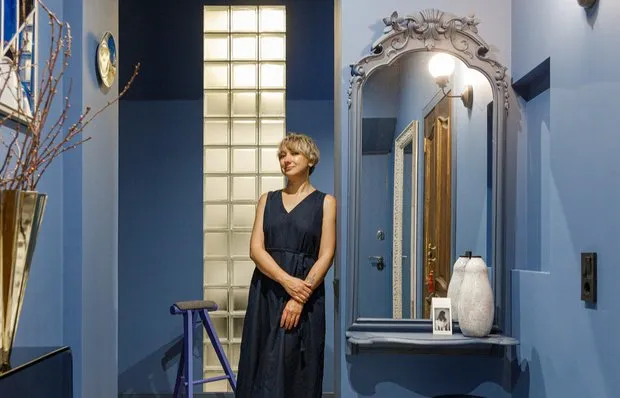 In the Designer's Home: 10 Favorite Interior Items of Ekaterina Kotalyevskaya
In the Designer's Home: 10 Favorite Interior Items of Ekaterina Kotalyevskaya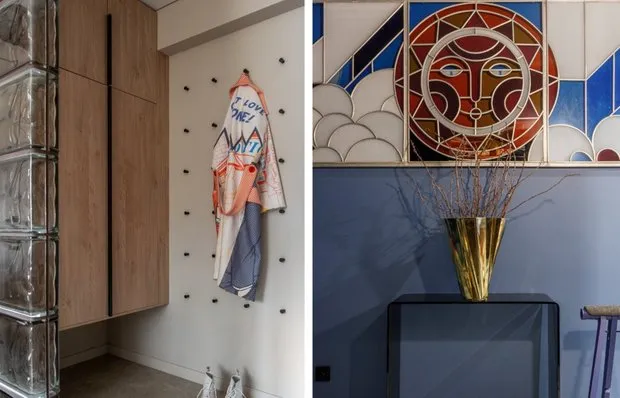 What to Hang on the Wall in the Hallway: 7 Fresh Ideas
What to Hang on the Wall in the Hallway: 7 Fresh Ideas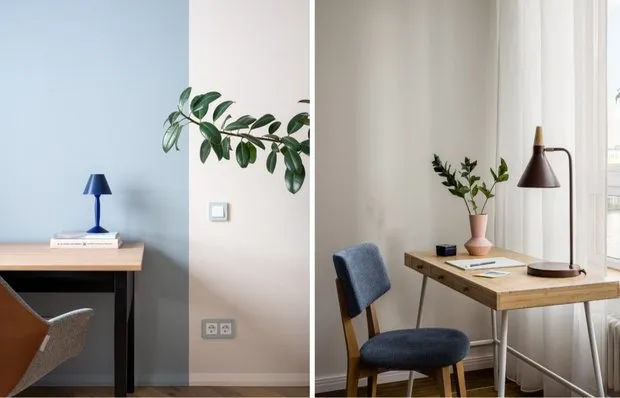 Table Lamps for Your Interior: 10 Trendy Finds
Table Lamps for Your Interior: 10 Trendy Finds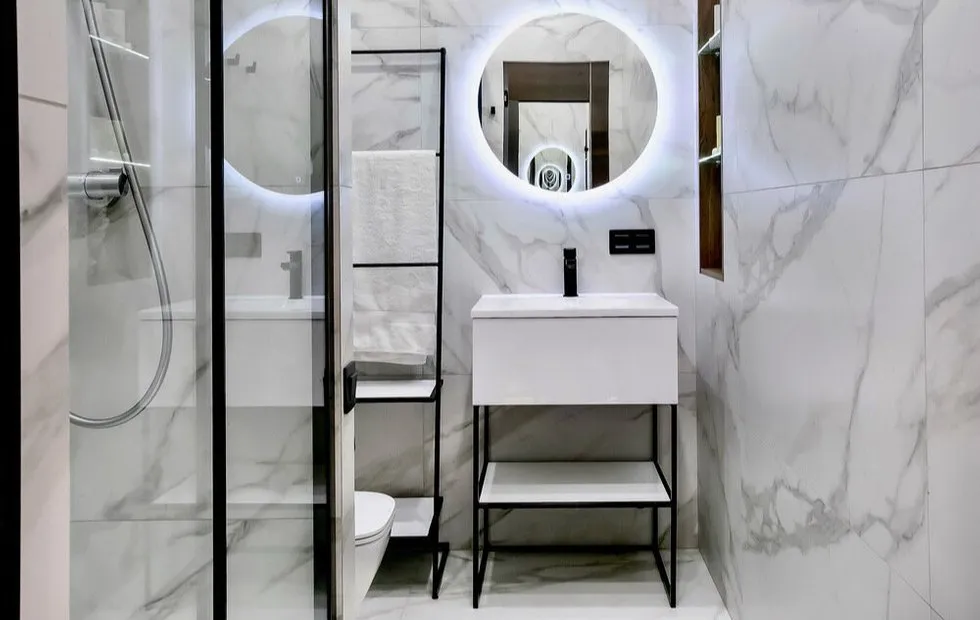 5 m² Bathroom: How to Fit Everything Without Going Crazy
5 m² Bathroom: How to Fit Everything Without Going Crazy Before and After: Redesigned Kitchen with Modern Renovation
Before and After: Redesigned Kitchen with Modern Renovation Old Apartment: Bathroom Before and After a Bold Transformation
Old Apartment: Bathroom Before and After a Bold Transformation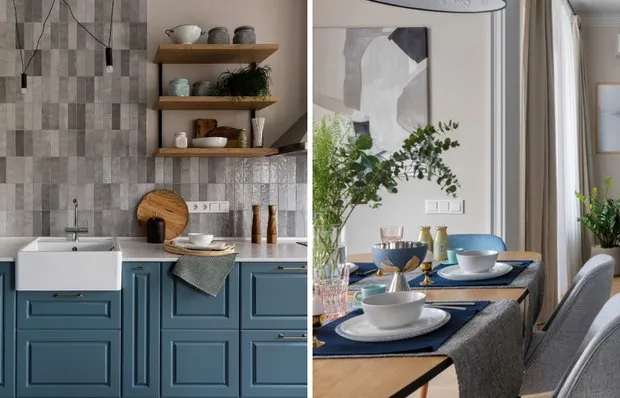 Thoughtfully Designed Kitchen in a Petersburg Studio Apartment for a Student
Thoughtfully Designed Kitchen in a Petersburg Studio Apartment for a Student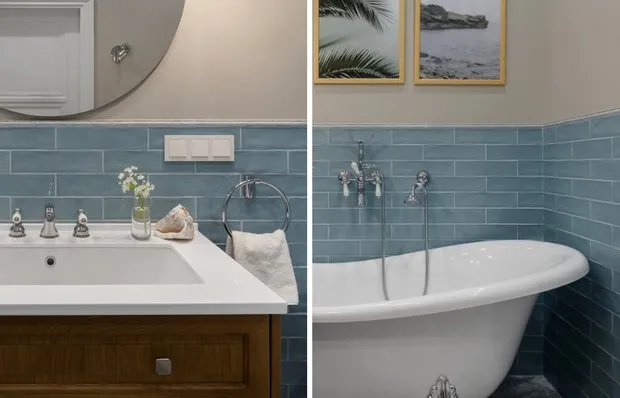 Oasis of Comfort and Beauty: How We Designed the Bathroom in a St. Petersburg Apartment
Oasis of Comfort and Beauty: How We Designed the Bathroom in a St. Petersburg Apartment